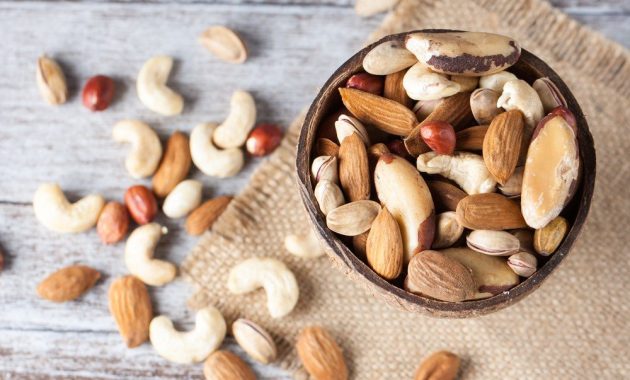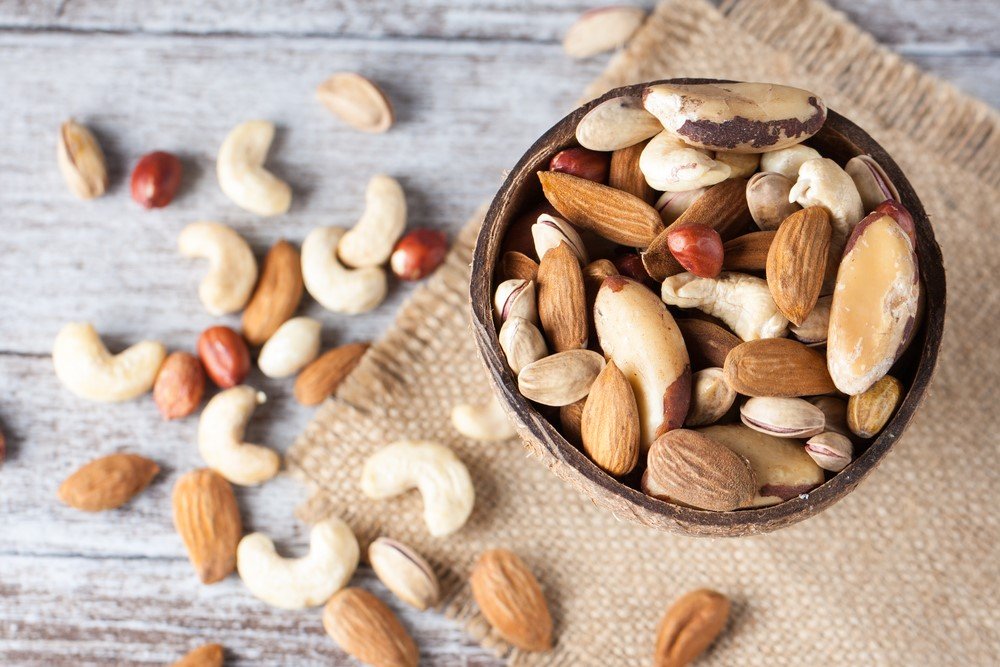
How to Replace Junk Food With Diabetes-Safe Options: A Guide to Healthier Choices
The modern world bombards us with tempting treats. From sugary sodas to processed snacks, junk food is everywhere. For individuals managing diabetes, these choices pose a significant challenge. Junk food can wreak havoc on blood sugar levels. It also contributes to long-term health complications. This article provides a comprehensive guide. It helps people replace junk food with diabetes-safe options. We will explore strategies for making informed food choices. We’ll also look at delicious and healthy alternatives.
Understanding the Impact of Junk Food on Diabetes
Before diving into replacements, it’s crucial to understand why junk food is problematic. Junk food is typically high in refined carbohydrates, added sugars, and unhealthy fats. These components cause rapid spikes in blood glucose. This is especially dangerous for people with diabetes. Over time, frequent blood sugar spikes can lead to several complications. These include cardiovascular disease, nerve damage, and kidney problems.
Junk food often lacks essential nutrients. It provides empty calories without offering the vitamins, minerals, and fiber. Fiber is crucial for slowing down glucose absorption. It also helps regulate blood sugar levels. Without adequate fiber intake, managing diabetes becomes more challenging. Junk food also contributes to weight gain. Obesity is a major risk factor for type 2 diabetes. It also worsens insulin resistance.
Identifying Common Junk Food Culprits
The first step in replacing junk food is identifying it. Here is a list of common culprits. This will help people recognize and avoid them:
- Sugary Drinks: Sodas, sweetened juices, energy drinks. These are loaded with sugar and offer no nutritional value.
- Processed Snacks: Chips, crackers, cookies, and candy. They are often high in sodium, unhealthy fats, and refined carbohydrates.
- Fast Food: Burgers, fries, pizza. These are typically high in calories, fat, and sodium. They often lack essential nutrients.
- Baked Goods: Cakes, pastries, and donuts. They are high in sugar, refined carbohydrates, and unhealthy fats.
- Frozen Meals: Many frozen meals are high in sodium and processed ingredients. They may also contain hidden sugars.
Planning Diabetes-Safe Meals and Snacks
Successful replacement begins with meal planning. Planning helps you make better choices. It also avoids impulsive decisions. Here’s a step-by-step guide:
- Assess Your Current Diet: Keep a food diary for a week. Note everything you eat. This will help you identify problem areas.
- Set Realistic Goals: Don’t try to overhaul your diet overnight. Start with small, achievable changes. Replace one junk food item per week.
- Plan Your Meals: Create a weekly meal plan. Include breakfast, lunch, dinner, and snacks. This ensures you have healthy options available.
- Shop Smart: Make a shopping list based on your meal plan. Stick to the list to avoid impulse buys. Focus on whole, unprocessed foods.
- Prepare in Advance: Cook meals and snacks ahead of time. Portion them into containers. This makes healthy eating more convenient.
Diabetes-Safe Food Alternatives
Now, let’s explore some delicious and diabetes-safe alternatives to junk food:
Healthy Snacks
- Vegetables with Hummus: Carrots, celery, and bell peppers dipped in hummus. This provides fiber and protein.
- Nuts and Seeds: A small handful of almonds, walnuts, or pumpkin seeds. These offer healthy fats and protein.
- Greek Yogurt with Berries: Greek yogurt is high in protein. Berries are low in sugar and rich in antioxidants.
- Hard-boiled Eggs: A great source of protein. They are also easy to prepare and transport.
- Air-Popped Popcorn: A whole-grain snack. Avoid adding excessive butter or salt.
Diabetes-Friendly Meals
- Grilled Chicken or Fish with Roasted Vegetables: Lean protein and non-starchy vegetables are ideal.
- Salads with Lean Protein and Healthy Fats: Use olive oil and vinegar dressing. Add grilled chicken, fish, or tofu.
- Lentil Soup: Lentils are high in fiber and protein. They help regulate blood sugar.
- Whole-Wheat Pasta with Vegetables and Lean Meat: Choose whole-wheat pasta. Add plenty of vegetables and lean protein.
- Tacos with Lean Ground Turkey or Chicken: Use whole-wheat tortillas. Load up on vegetables like lettuce, tomatoes, and onions.
Understanding Carbohydrate Counting
Carbohydrate counting is essential for managing diabetes. It involves tracking the amount of carbohydrates you consume. This helps you adjust your insulin or medication dosage. Understanding carbohydrate content is key to making smart food choices.
Here are some tips for carbohydrate counting:
- Learn the Basics: Understand that carbohydrates are found in grains, fruits, starchy vegetables, and dairy products.
- Read Food Labels: Pay close attention to the “Total Carbohydrate” section. Note the “Dietary Fiber” and “Sugars” content.
- Use a Carb Counting Guide: These guides provide the carbohydrate content of various foods. They also help with portion sizes.
- Measure Your Portions: Use measuring cups and spoons. This ensures accurate carbohydrate tracking.
- Consult a Registered Dietitian: A dietitian can provide personalized guidance. They will help you learn carbohydrate counting effectively.
Navigating Social Situations and Eating Out
Social events and dining out can be challenging. It’s easy to encounter junk food. Here’s how to navigate these situations:
- Plan Ahead: Before attending an event, review the menu. Choose the healthiest options.
- Eat Before You Go: Have a healthy snack before you leave. This reduces the temptation to overeat.
- Make Smart Choices: At a restaurant, choose grilled or baked items. Avoid fried foods and sugary drinks.
- Ask for Modifications: Request substitutions like vegetables instead of fries. Ask for sauces and dressings on the side.
- Be Mindful of Portion Sizes: Share a meal or take leftovers home. This helps control your calorie intake.
Staying Motivated and Seeking Support
Changing your eating habits takes time and effort. Staying motivated is crucial. Here are some strategies:
- Set Realistic Goals: Break down your goals into small, manageable steps. Celebrate your successes.
- Track Your Progress: Keep a food diary. Monitor your blood sugar levels. This provides valuable feedback.
- Find a Support System: Join a diabetes support group. Talk to friends and family. Share your challenges and successes.
- Consult Healthcare Professionals: Work with your doctor, dietitian, and diabetes educator. They can offer personalized guidance.
- Educate Yourself: Learn as much as you can about diabetes. This empowers you to make informed choices.
The Long-Term Benefits of Diabetes-Safe Eating
Replacing junk food with diabetes-safe options provides numerous long-term benefits. These benefits extend beyond blood sugar control. They encompass overall health and well-being.
- Improved Blood Sugar Control: Healthy eating helps regulate blood sugar levels. This reduces the risk of complications.
- Weight Management: A balanced diet supports healthy weight loss. It also helps you maintain a healthy weight.
- Reduced Risk of Complications: Lowering your blood sugar reduces the risk of heart disease, nerve damage, and kidney problems.
- Increased Energy Levels: Eating nutrient-rich foods provides sustained energy. It also reduces fatigue.
- Enhanced Overall Health: A healthy diet supports your immune system. It also improves your mood and overall quality of life.
In conclusion, replacing junk food with diabetes-safe options is crucial. It is an essential step in managing diabetes. By making informed food choices, planning meals, and seeking support. People with diabetes can improve their health. They can also enjoy a fulfilling life. Remember to consult with your healthcare team. They will help you create a personalized plan. This will ensure the best possible outcomes. Prioritize whole, unprocessed foods. Make gradual changes. Staying consistent will lead to lasting success. You can replace junk food. You can also embrace a healthier lifestyle. This journey is possible.
This guide provides a solid foundation. It empowers individuals. It helps them navigate the challenges of diabetes. It offers a path towards a healthier lifestyle. It also provides a way to replace junk food. Remember to stay informed. Make smart choices. You can control your diabetes. You can also thrive.
[See also: Related Article Titles]

